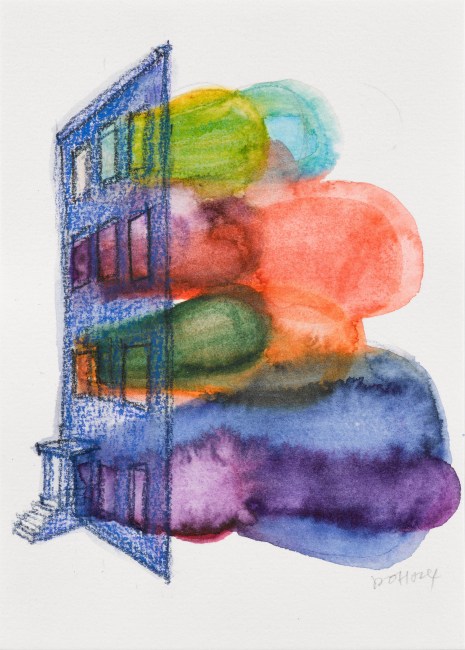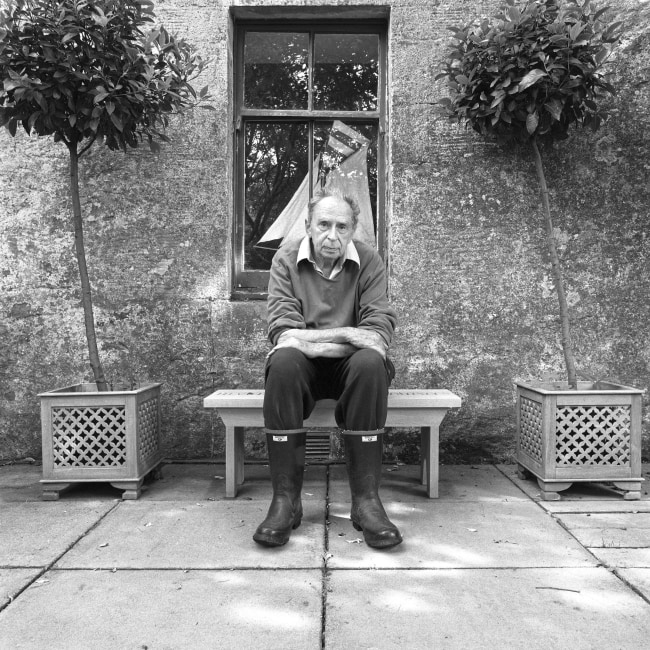Information
In his exhibition - the return of the real - Phil Collins investigates the post-documentary culture which reality television has come to epitomise, and the accompanying issues of authenticity and illusion, intimacy and inaccuracy, expectation and betrayal.
Popular factual programming has been the central focus of Collins' multifaceted practice for the last four years. When the artist was nominated for the 2006 Turner Prize, he decided to use the world's highest profile art award to directly engage with the media, and in particular with the talk-show, makeover and reality-show formats which dominate 21st century television. In the galleries at Tate Britain Collins set up shady lane productions, a working office and HQ for his own production company, to create a film in which former participants who feel their lives have been profoundly affected by appearing on reality television came forward to tell their stories - uncensored and unedited.
The culmination of Collins' Turner Prize show was a press conference organised at the Café Royal and attended by national TV crews and news correspondents, there to hear nine veterans of reality television talk about their experiences. Installed in the ground floor gallery at Victoria Miro, the real-time film of the conference is the pivotal element of the exhibition, in which, along with Collins' subjects, familiar faces and names from broadcast and print media have the camera turned on them to become part of the art work. Upstairs, a six-screen video installation brings together a selection of one-on-one interviews with the contributors. Former participants from shows as diverse as Wife Swap, Brand New You, and Supernanny, seize the opportunity to openly recount their grievances in unedited conversations with renowned media lawyer Mark Stephens.
"I am troubled by the way in which television has exploited its subjects in the cynical pursuit of commercial gain and infotainment. My interest in this project arises from those concerns and I was pleased to be able to help facilitate the voices of those involved, voices which are so often censored by the media which has already misrepresented them." Mark Stephens
The exhibition will also include a series of anonymous testimonies from leading industry professionals, revealing some of the hidden tricks and sleights of hand often employed by television in "getting the story." Presented as scrolling text on teleprompting machines, the works function both as actual studio equipment and pseudo-sculptural objects. A suite of screenprints, based on the portraits of participants by street artists employed by Collins, adds a subjective angle and the trace of the human hand against the mechanical apparatus of studio production.
Relating to performance-based and conceptual approaches to video and photography, the art of Phil Collins employs elements of popular culture, low-budget television and reportage-style documentary to address the camera as an instrument of both truth and deception. Investigating the inherent problems of representation within different media, it repeatedly underlines the complex and unpredictable transferences that occur between reality and its mediation in television, film, or, indeed, art.










